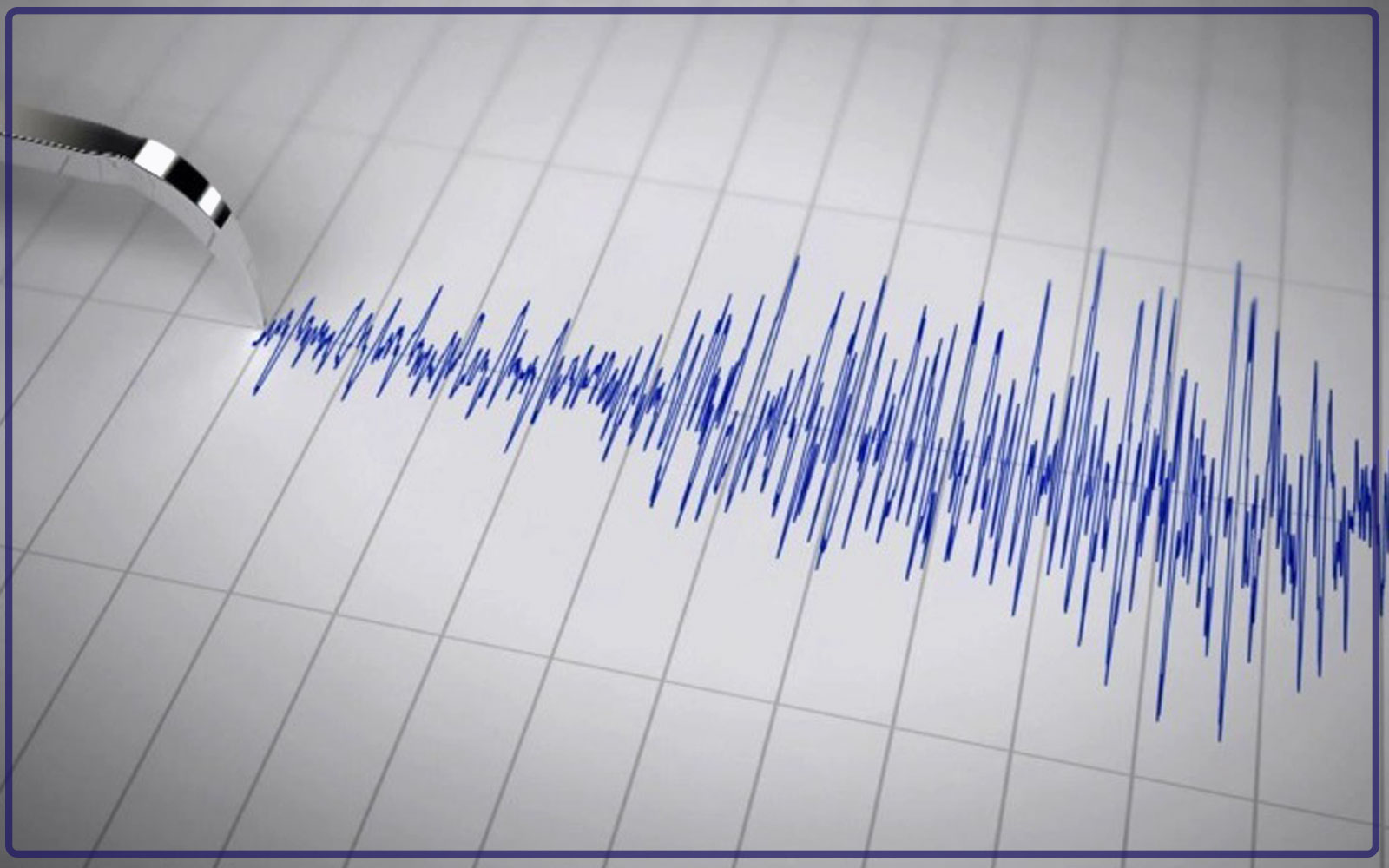Although Iraq has not been classified among the so-called "land defects" regions on the seismic routes such as its neighbors Iran and Turkey, but it has not been spared from the aftershocks of earthquakes in these two countries over the past centuries.
The narrations recall the occurrence of many earthquakes in Mesopotamia, the first recorded of which was at the capital Baghdad in 289 Hijri, 901 AD, which drove its inhabitants to pray in local mosques until this ordeal passed without any losses, while the other one was in 346 Hijri, 957 AD, which lasted for nearly forty days and caused demolition of several buildings and death of many people in some areas of Iraq and the Iranian city of Qom, followed by another earthquake in 450 Hijri, 1058 AD, which began in the city of Mosul with an impact that reached the Iranian city of Hamadan and was also had a deadly impact on humans and buildings.
In all these natural disasters recorded in the important historical sources such as Ibn al-Atheer's book of "Al-Kamil Fi Al-Tarikh", there was no mention that any of those disasters or their impact had reached the holy city of Karbala in spite of full details about them in other neighboring cities of in Iraq as a whole.
Source
(1) Karbala's Cultural Encyclopedia, Part III, the series of publications of Karbala Center for Studies and Research, p. 132.

